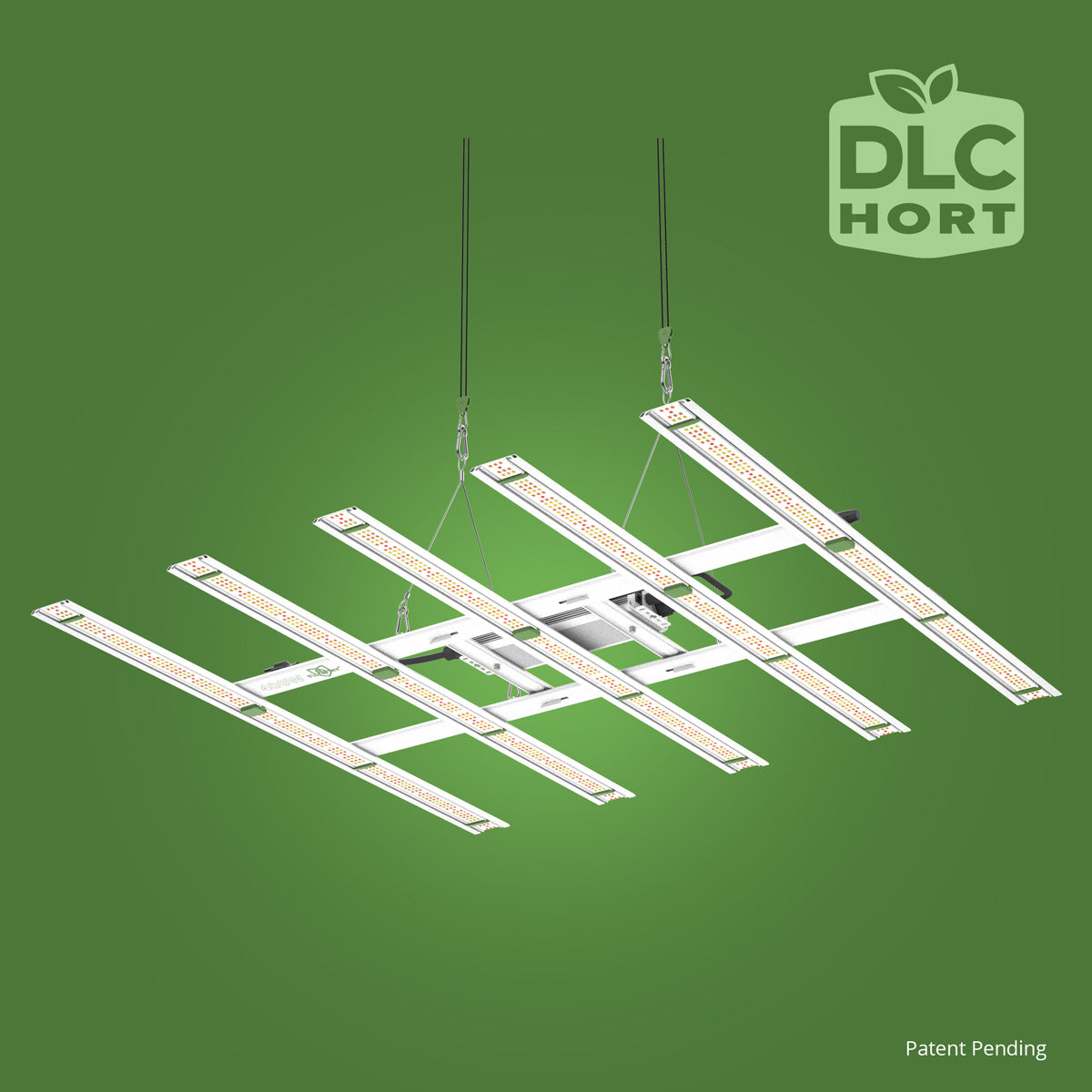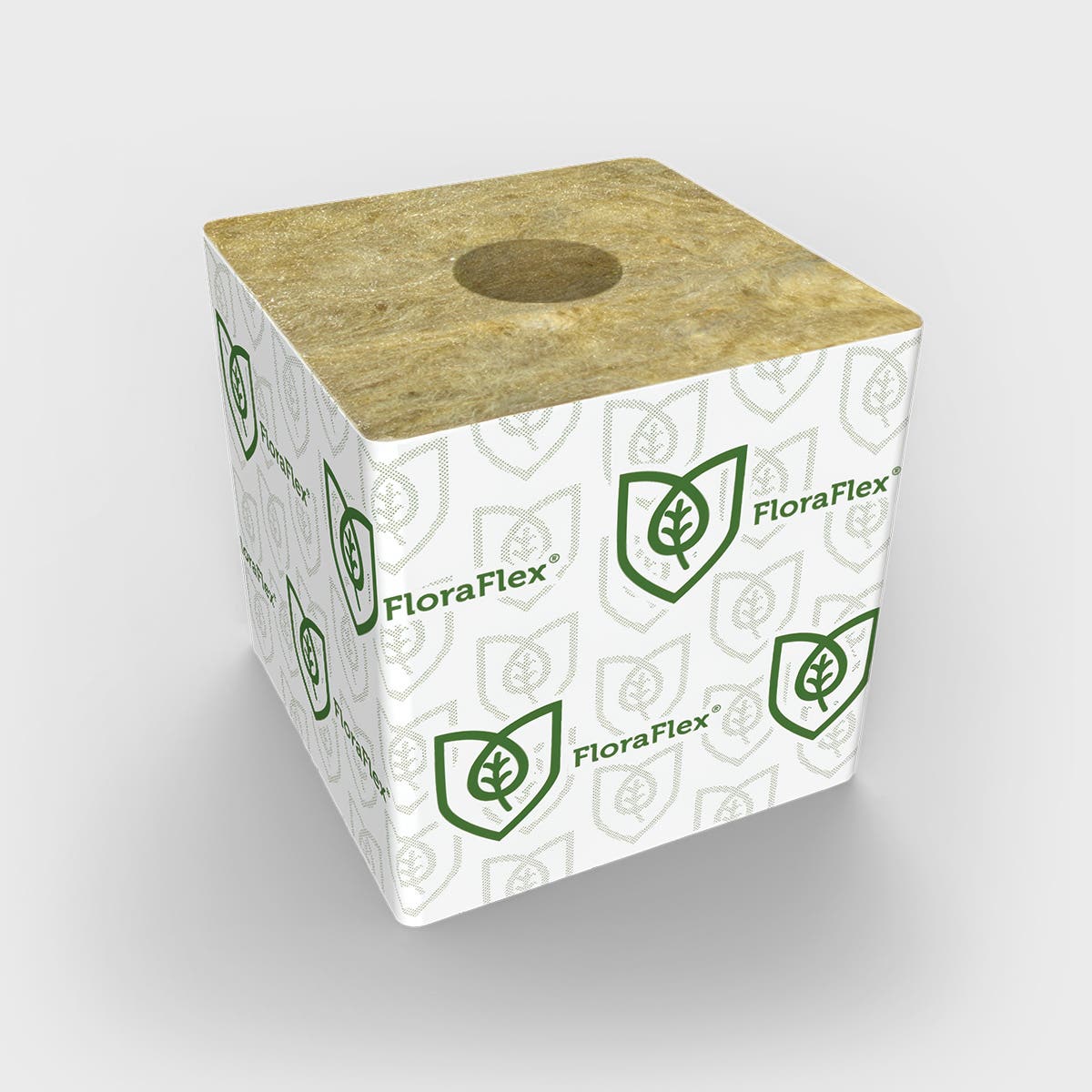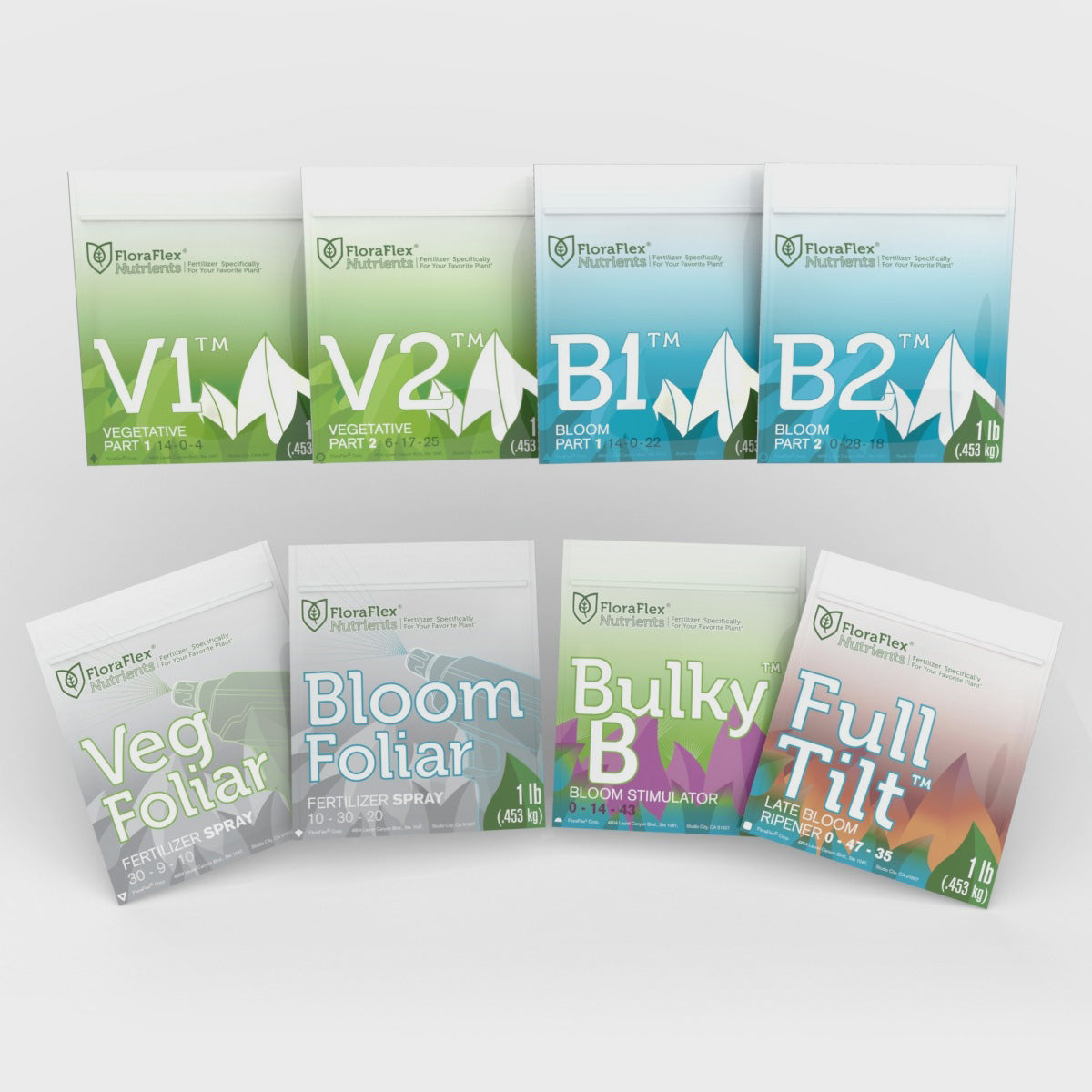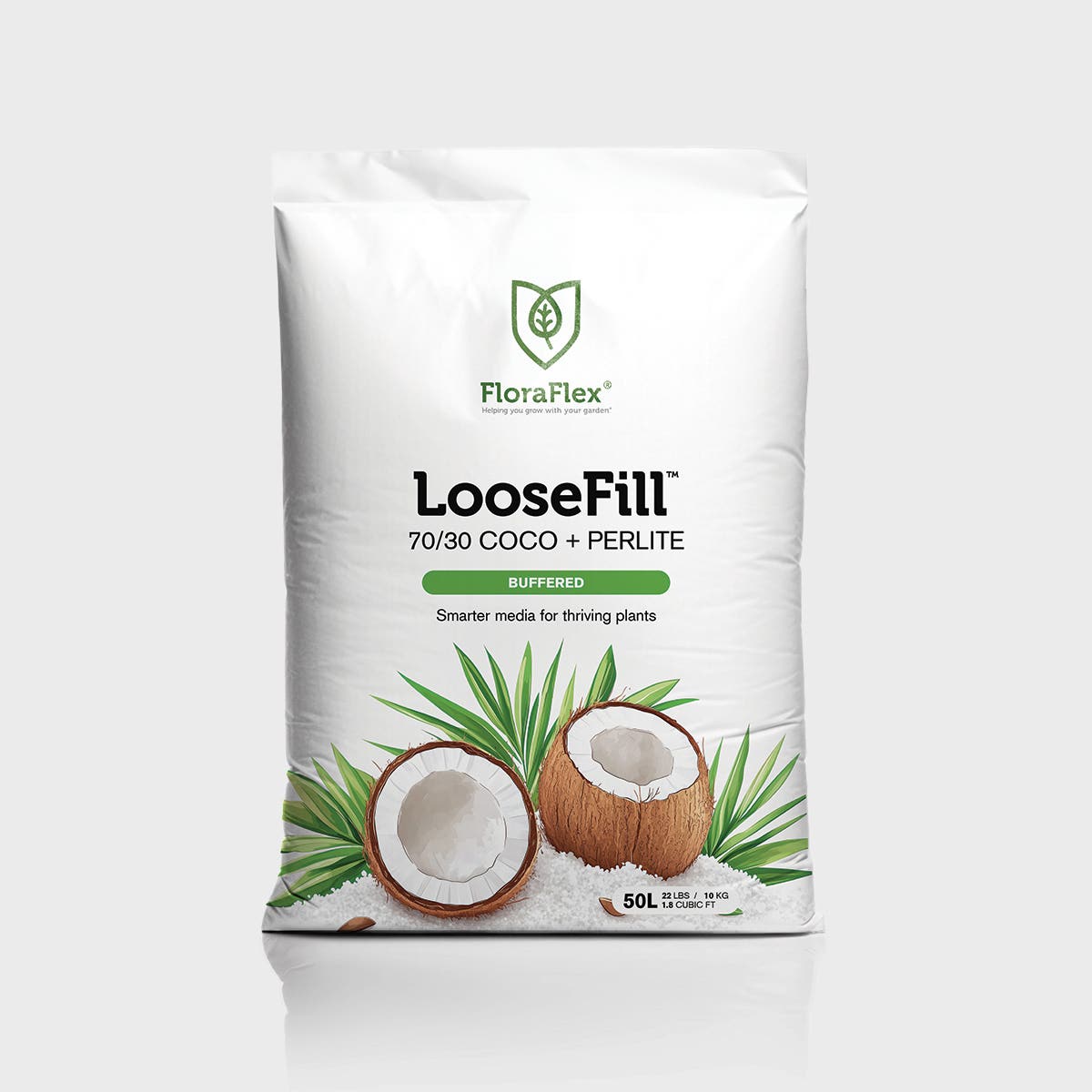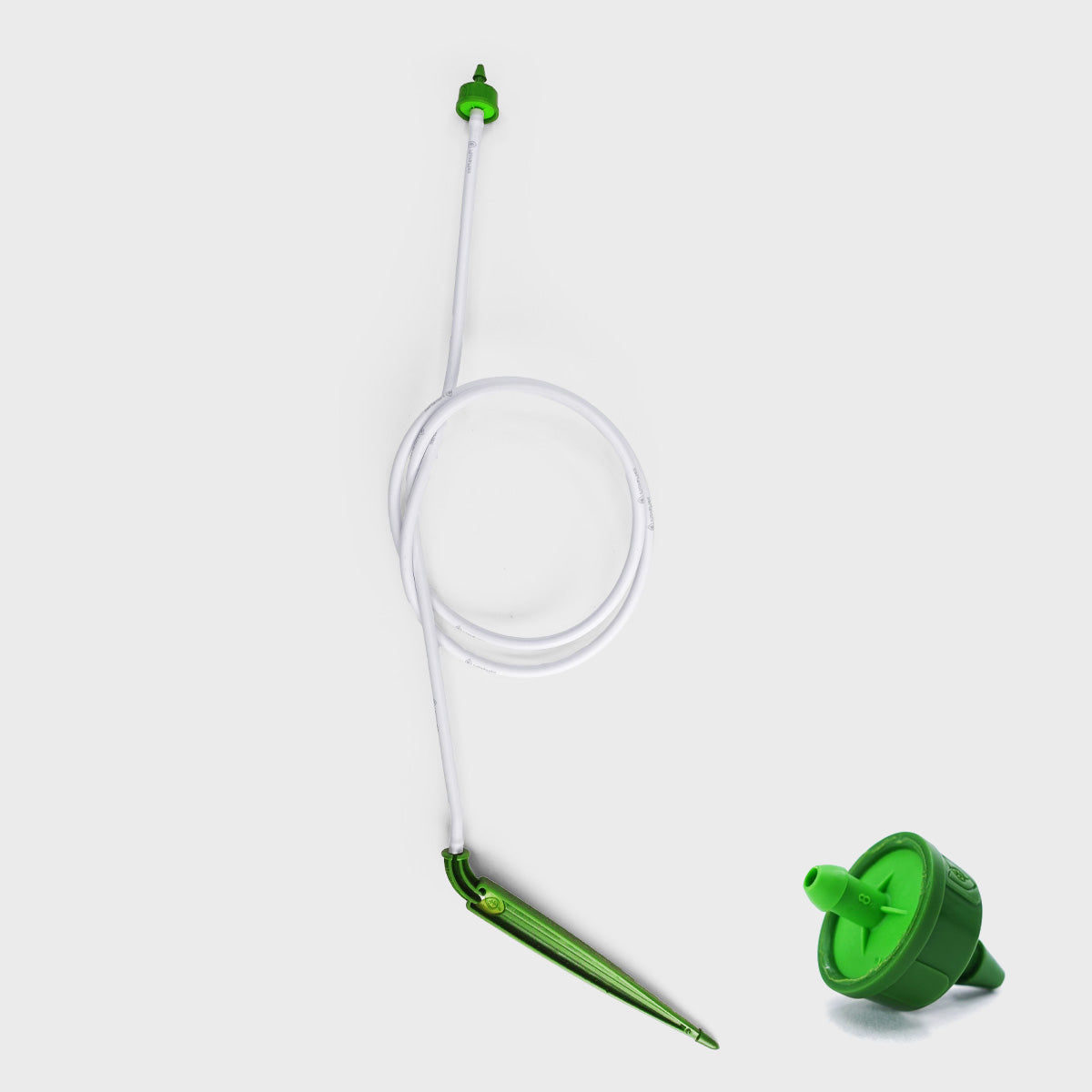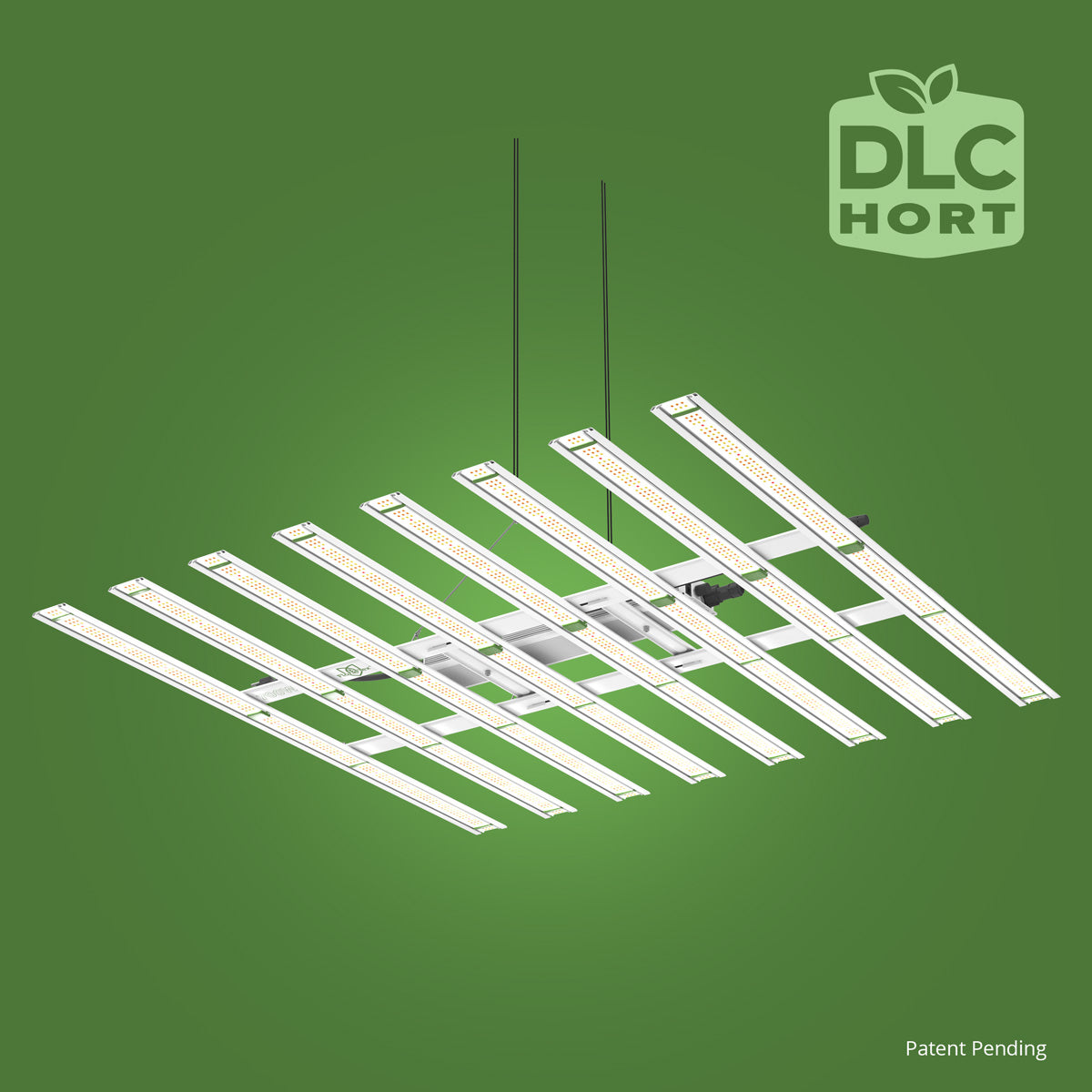Overwatering is one of the most common mistakes made by cannabis growers, and it can have detrimental effects on the health and growth of the plants. Understanding the causes, recognizing the signs, and taking preventive measures can help you avoid the pitfalls of overwatering. In this article, we will explore the causes of cannabis overwatering, signs to look out for, and effective prevention strategies.
Causes of Cannabis Overwatering
-
Excessive Watering Frequency: Watering cannabis plants too frequently, especially when the soil hasn't dried out adequately between waterings, can lead to overwatering. It's important to allow the soil to dry out partially before watering again.
-
Poor Drainage: Insufficient drainage in the growing containers or pots can trap excess water, preventing it from properly draining away. This can result in waterlogged soil and suffocated roots.
-
Incorrect Container Size: Using containers that are too large for the size of the plant can lead to excess water retention in the soil. The roots of a small plant may not be able to absorb all the moisture from a large container, resulting in overwatering.
Signs of Cannabis Overwatering
-
Wilting: Overwatered cannabis plants often display wilting leaves, even though the soil is moist. This is because the roots become waterlogged and are unable to uptake oxygen properly, causing the plant to wilt.
-
Yellowing Leaves: Excessive moisture in the soil can lead to nutrient deficiencies as the roots are unable to absorb essential minerals. This can cause yellowing or chlorosis of the leaves, starting from the lower parts of the plant.
-
Root Rot: Overwatering creates a favorable environment for root rot, a fungal disease that affects the roots. Signs of root rot include a foul odor, darkened or slimy roots, and stunted growth.
-
Slow Growth and Reduced Yields: Overwatering can hinder nutrient absorption and oxygen availability to the roots, resulting in slowed growth and diminished yields.
Prevention of Cannabis Overwatering
-
Proper Watering Schedule: Allow the soil to dry out partially between waterings. Check the moisture level by inserting your finger into the soil to the appropriate depth. Only water when the top inch or so of the soil feels dry.
-
Ensure Proper Drainage: Use containers with drainage holes and well-draining soil to allow excess water to flow out freely.
-
Choose the Right Container Size: Select containers appropriate to the size of the plant. This ensures that the roots have enough space to grow and that the soil retains the right amount of moisture.
-
Monitor Environmental Conditions: Adjust your watering schedule according to environmental factors such as temperature and humidity. High temperatures and low humidity levels may require more frequent watering, while cooler conditions may require less.
-
Observe and Adjust: Regularly monitor your plants for signs of overwatering. If you notice any symptoms, adjust your watering routine accordingly.
Overwatering can significantly impact the health and development of cannabis plants. By understanding the causes, recognizing the signs, and implementing preventive measures, you can avoid the pitfalls of overwatering. Maintaining a proper watering schedule, ensuring good drainage, choosing appropriate container sizes, monitoring environmental conditions, and observing plant behavior are all crucial steps in preventing overwatering and promoting healthy, thriving cannabis plants.

